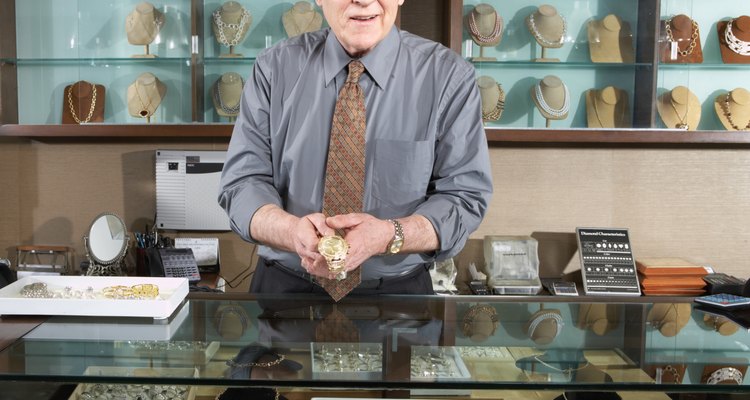
Contemporary bulova watches are medium-priced timepieces. Vintage Bulovas produced between the 1930s and 1960s are prized by collectors but generally sell for modest prices. The demand for counterfeit Bulovas is not great, so the chances of coming across one are remote. Counterfeiters prefer producing fake luxury watches that command top dollar even among buyers who know they are purchasing fakes. Yet counterfeit Bulovas do exist, and are easy to identify. Vintage Bulovas need extra care in inspecting the inner workings and dial styles to ferret out fakes.
Visit authorized Bulova dealers and research their line of watches. Pick up the sales literature and catalogues offered free by sellers. Use the catalogue’s illustrations and technical data as a reference (Author’s Expertise).
Inspect the product identification code against the code on the case back of the Bulova. All new Bulovas come with documentation and a product ID code. If a seller can’t produce documentation and the product ID code, he is probably selling a counterfeit (Author’s Expertise).
Ask the dealer for the warranty card. A new Bulova is suspect without a warranty (Author’s Expertise).
Inspect the dial using the jeweler's loupe or magnifying glass. Compare the dial with the catalog. The “Bulova” font should be identical to the catalog. Perform the same inspection for Bulova’s “Accutron” models. The fonts should be clean, crisp, clear and perfectly spaced. Counterfeits probably will not have the name embossed or raised from the dial. The name will look like it was set with a sticky. It’s common to see the Bulova name misspelled (Author’s Expertise).
Inspect the hands to ensure they belong to the watch dial. Incorrect seconds hands will either not reach the seconds hash marks or extend beyond them (Author’s Expertise).
Inspect the case back with the jeweler’s loupe. Most Bulovas have the name etched on the back. The etching should be clear with the letters evenly spaced. Run your thumb over the etching. It’s a counterfeit if it’s rough to the touch. Check for spelling and even lettering (See Reference 1 and Author’s Expertise).
Vintage Models
Purchase and vintage watch buyer’s guide. Visit the numerous websites devoted to vintage Bulova watches. Research its history and styles over the decades. The problem with vintage Bulovas is that many models are cobbled from different watches to make one timepiece. These watches are not historically correct and are worthless (Author’s Expertise).
Use a thin case blade to pry open the snap case back of a Bulova. Use a rubber jar opener to rotate a screw down case back counterclockwise until it opens (See Reference 2 and Author’s Expertise).
Use a magnifying glass to examine the movement, which is the spring-loaded engine that runs the watch. Bulovas produced between 1924 and 1945 used symbols to denote the year of manufacture. A triangle identifies a 1945 model. However, if you find a triangle movement inside a watch with 1920s Squelette hands, it’s a fake (See References 3-4 and Author’s Expertise).
Related Articles

How to Spot a Replica Baume Watch

Differences Between Santos De Cartier ...

How to Identify Gruen Watches

How to Spot Fake Citizen Watches

How to Spot a Fake Mont Blanc Watch

How to Tell If Your G-Shock Is Fake?

How to Identify Your Tissot
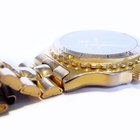
How to Identify a Real Movado Watch

How to Tell a Fake Casio Watch
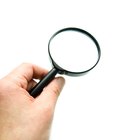
How to Tell If a Ladies Rolex Is Real
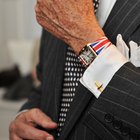
How to Tell an Authentic Cartier Watch
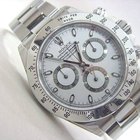
How to Spot a Fake Rolex Watch

Diesel Watch Instructions
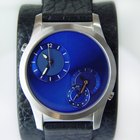
How to Tell if a Rado Is Fake

How to Evaluate Invicta Watches

How to Identify a Knockoff LeCoultre ...
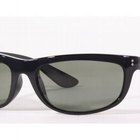
How to Tell Authentic Locs Sunglasses ...

How to Tell if a Waltham Watch is ...

How to Identify a Counterfeit Gucci ...

How to Identify a Fake Breitling Watch
References
Writer Bio
Rob Wagner is a journalist with over 35 years experience reporting and editing for newspapers and magazines. His experience ranges from legal affairs reporting to covering the Middle East. He served stints as a newspaper and magazine editor in Saudi Arabia and the United Arab Emirates. Wagner attended California State University, Los Angeles, and has a degree in journalism.
Photo Credits
Baerbel Schmidt/Digital Vision/Getty Images